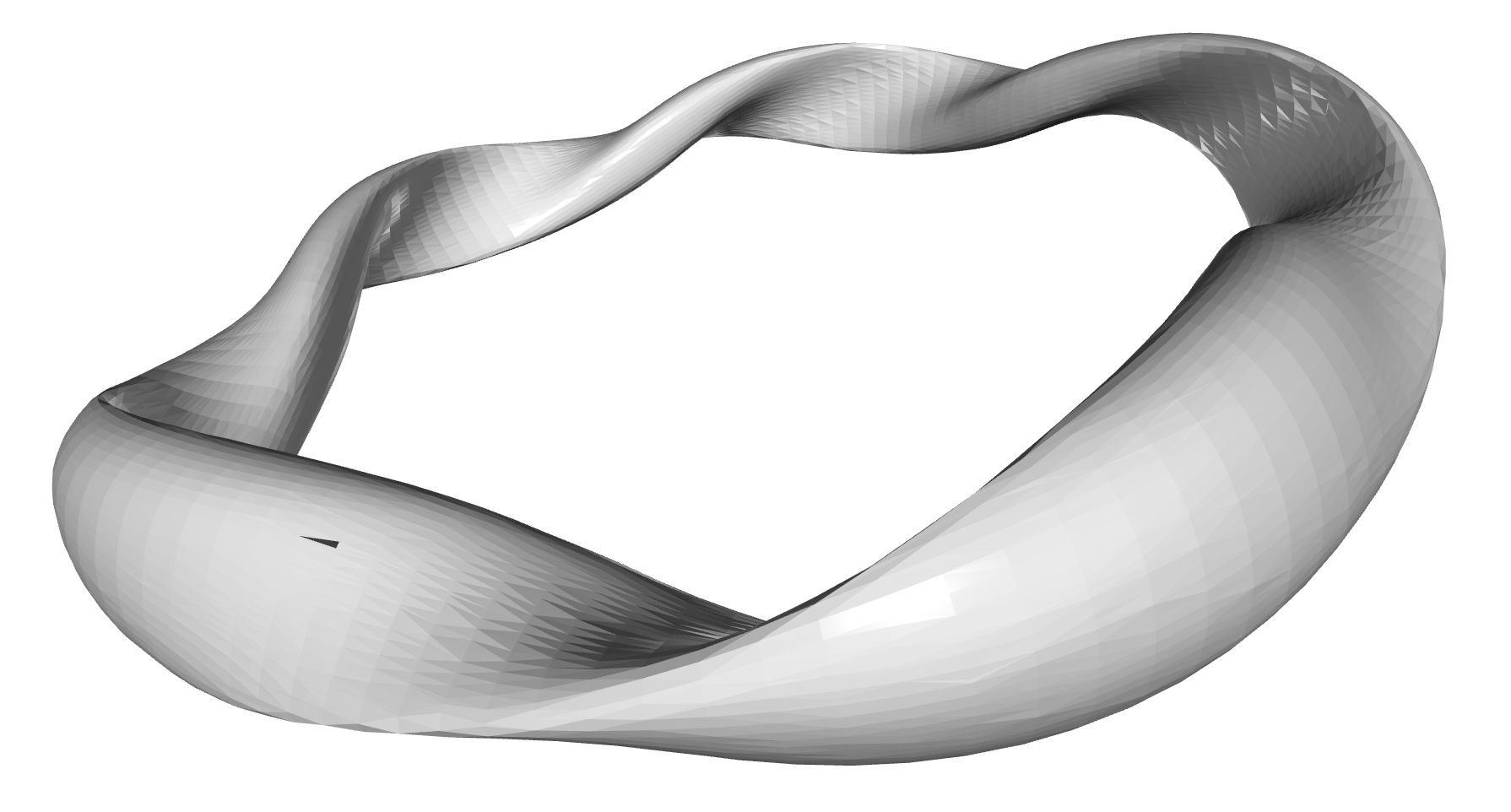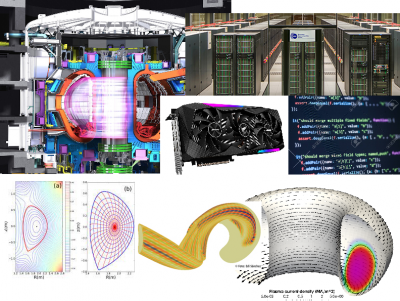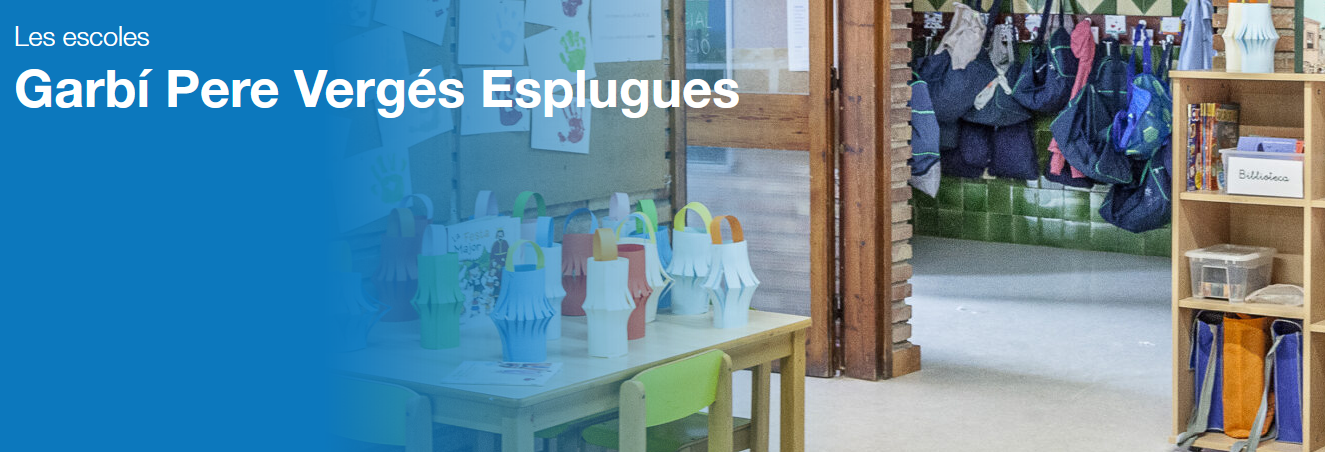
The tridimensional All-ORder Spectral Algorithm (AORSA-3D) has been adapted to run on the supercomputer MareNostrum, at the Barcelona Supercomputing Center – Centro Nacional de Supercomputación (BSC-CNS). AORSA-3D is designed to study the plasma-wave interaction inside the 3D volume of a stellarator. Its model provides fully three-dimensional solutions of the integral wave equation for Ion Cyclotron Resonance Heating (ICRH) in three-dimensional stellarator plasmas. Its algorithm is based on combining multiple periodic solutions for individual helical field periods in order to obtain complete 3-D wave solutions valid over the entire volume of the stellarator for an arbitrary antenna geometry.





